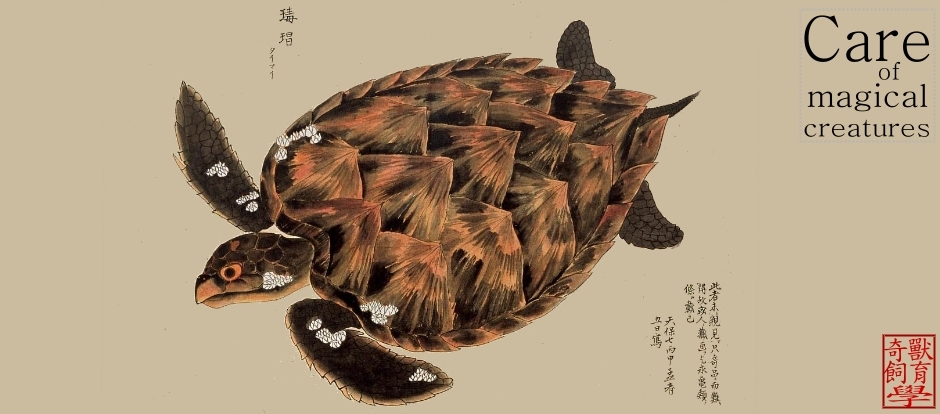 文獻來源: Slavador-Jr LF, Salvador GB, Santos GB. 2009. Morphology of the digestive tract and feeding habits of Loricaria lentiginosa Isbrücker, 1979 in a Brazilian reservoir. Acta Zoologica 90(2): 101-109. [摘要連結]
文獻來源: Slavador-Jr LF, Salvador GB, Santos GB. 2009. Morphology of the digestive tract and feeding habits of Loricaria lentiginosa Isbrücker, 1979 in a Brazilian reservoir. Acta Zoologica 90(2): 101-109. [摘要連結]Abstract
The present study describes some aspects of the morphology of the digestive tract and the feeding patterns of Loricaria lentiginosa. Sixty-three specimens with gut contents were captured quarterly from November 2001 to August 2002 in Porto Colômbia reservoir, Rio Grande basin, southeastern Brazil. The species has bicuspid teeth inserted in the lips, unicuspid teeth in the dentary bone and pharyngeal teeth, besides having short, numerous and slightly separated gill rakers. The stomach is rudimentary and the intestine is relatively short (Intestinal Quotient = 1.32 ± 0.15). Molluscs, especially bivalves, represented the most important item on the diet of this species, followed by organic matter. The characteristics of the digestive tract as well as the dietary pattern, suggest that L. lentiginosa is able to explore bottom food resources, being classified as benthophagous with a tendency to malacophagy, and utilizing organic matter as an associated or additional food resource. Loricariidae species are able to use not only algae, sediment and detritus, but also plant and invertebrate items.
